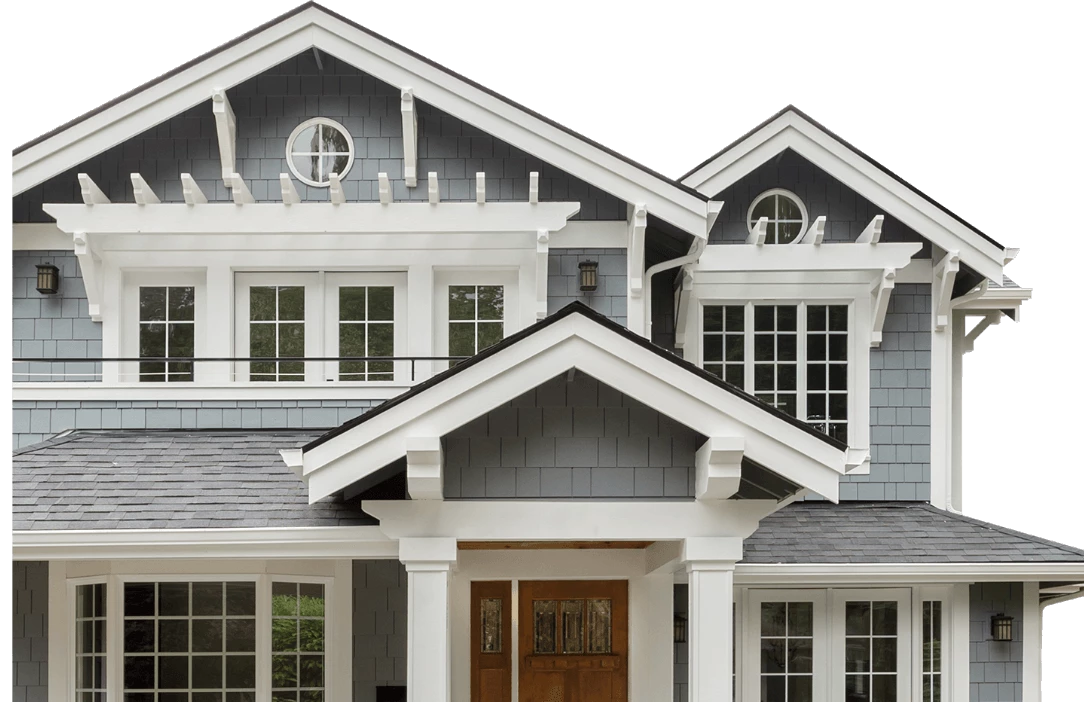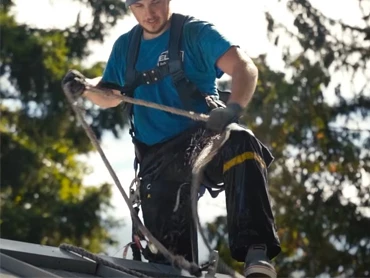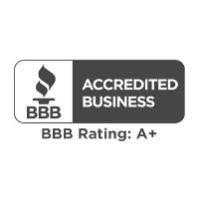Roofing Underlayment & Ventilation: Key to a Long-Lasting Seattle Roof
If you’re planning a roof replacement or repair in Seattle, don’t overlook two of the most important—and most overlooked—parts of your roofing system: roofing underlayment and ventilation. While shingles or metal panels get all the attention, underlayment and ventilation are what truly protect your home or commercial building from the Pacific Northwest’s unpredictable weather.
Underlayment & Ventilation Content
Why is Roofing Underlayment & Venting Important?
In the Seattle area (where rain, wind, and moisture are a constant concern) proper roofing underlayment helps create a watertight barrier beneath your roof covering. And with the city’s mix of cold winters and warm summers, a well-ventilated roof is essential for controlling humidity, preventing mold, and improving energy efficiency.
Whether you're replacing a residential roof in Ballard or maintaining a commercial flat roof in SODO, understanding how these systems work—and choosing the right materials—will save you time, money, and frustration down the road.
What Is Roofing Underlayment?
Underlayment is a water-resistant or waterproof barrier that sits between your roof deck and the visible roofing material (like shingles or metal). It acts as a secondary defense against moisture, especially during heavy rain, snow, or wind-driven storms.
There are three common types of underlayment:
-
Asphalt-saturated felt – Also known as “felt paper,” this traditional option offers basic protection and affordability.
-
Synthetic underlayment – Lightweight, tear-resistant, and more durable than felt. A common choice for modern roofs.
-
Rubberized asphalt – Self-adhering and waterproof, often used in vulnerable areas like eaves, valleys, and low-slope sections.
Why Underlayment Matters
-
Moisture Protection: Prevents water from seeping into the roof deck.
-
Improved Lifespan: Helps extend the life of your roofing materials.
-
Code Compliance: Required in most residential and commercial building codes.
-
Weather Backup: Offers temporary protection during installation or in case of material damage.
Our recommendation: Go with synthetic underlayment for most standard roof installs. It’s more durable, safer for installers to walk on, and holds up better in extreme weather. Use rubberized asphalt in high-risk areas for added protection.
The Role of Roof Ventilation
Roof ventilation helps regulate air flow in your attic or roof cavity. A well-ventilated roof lets hot air and moisture escape, reducing strain on your HVAC system and protecting your roof structure from rot, mold, and ice dams.
There are two main types of ventilation systems:
-
Intake vents – Usually installed under the eaves or soffits to draw cool air into the attic.
-
Exhaust vents – Placed near the roof ridge or gables to release hot, moist air.
Benefits of Proper Ventilation
-
Temperature Control: Reduces heat buildup in summer.
-
Moisture Prevention: Lowers risk of condensation and mold growth.
-
Energy Efficiency: Helps your insulation work better and cuts down on cooling costs.
-
Longer Roof Life: Prevents warping, cracking, and shingle damage caused by trapped heat and moisture.
Our recommendation: Use a balanced ventilation system—equal intake and exhaust—to keep air moving efficiently. Ridge vents paired with soffit vents are a great choice for most residential and low-slope commercial buildings.
Final Thoughts
Underlayment and ventilation may not be visible, but they’re essential to the performance and longevity of any roofing system. Choosing the right products and ensuring proper installation can save you thousands in repairs and energy costs down the line.
Have questions about what works best for your property? Get in touch—we’ll help you build a roof that lasts.
Underlayment & Ventilation Considerations:
- Underlayment protects roof deck
- Synthetic beats felt paper
- Use rubberized leak barrier
- Ventilation controls moisture buildup
- Balance intake and exhaust
- Improves energy efficiency
- Meets code requirements
- Installation quality matters
Redirects
Frequently Asked Questions on Underlayment & Ventilation
What's the best type of roofing underlayment?
The best type of roofing underlayment depends on your roof’s needs. Rubberized asphalt offers the best waterproofing for leak-prone areas. Synthetic underlayment is lightweight, tear-resistant, and ideal for most modern roofs. Asphalt-saturated felt is more affordable but less durable and better suited for mild climates.
Why does roof ventilation matter for performance and building health?
Ventilation prevents heat and moisture buildup in the attic or roof space. Without proper airflow, your roof is more likely to suffer from mold, rot, and reduced lifespan. It also helps regulate indoor temperatures and reduce energy costs.
How many roof vents are needed—and can there be too many?
Most codes recommend 1 square foot of vent area per 150 to 300 square feet of attic space, depending on insulation and vapor barriers. You can have multiple vents, but what matters most is balance—equal intake and exhaust for steady airflow and proper function.
What types of roofing materials do you offer?
We provide a range of roofing materials including asphalt composite, cedar shake, metal, slate, tile, PVC, and TPO. Each option is selected for its durability and aesthetic appeal.
How do you ensure the quality of your work?
We ensure quality by using top-grade materials and employing skilled professionals for every project. Our rigorous process includes expert assessments, precise installations, and thorough inspections.
What is the typical timeline for completing a roofing project?
The timeline for a roofing project can vary based on the size and complexity of the job. Generally, we complete most projects within a few days to a couple of weeks, depending on the specifics.
Do you offer warranties on your work?
Yes, we offer warranties on both materials and workmanship to provide you with peace of mind and ensure the longevity of your roofing investment.
How do I get started with Elite Roofing?
To get started, simply contact us for an initial consultation. We will discuss your needs, provide a detailed estimate, and guide you through every step of the process to ensure a smooth and successful project.
Manual FAQ entry?
Yes, this is a manual one.
Videos
Design Your Ideal Roof
Easily explore and choose your perfect roof with our Roof Designer tool. Customize your options and preview how different materials look on your home, ensuring you make the best choice for both style and durability.




















